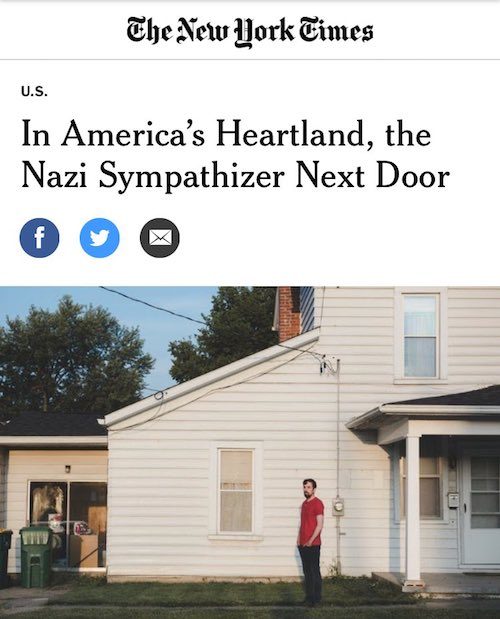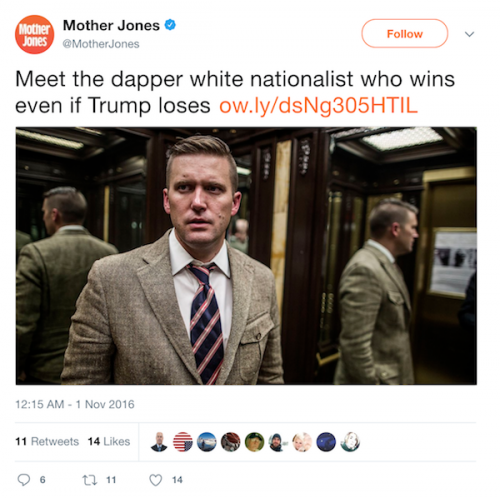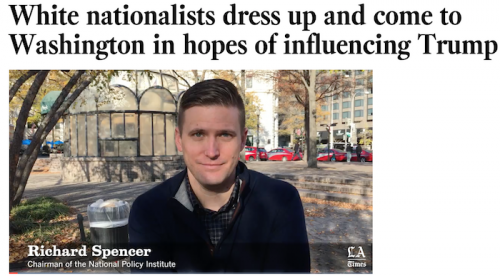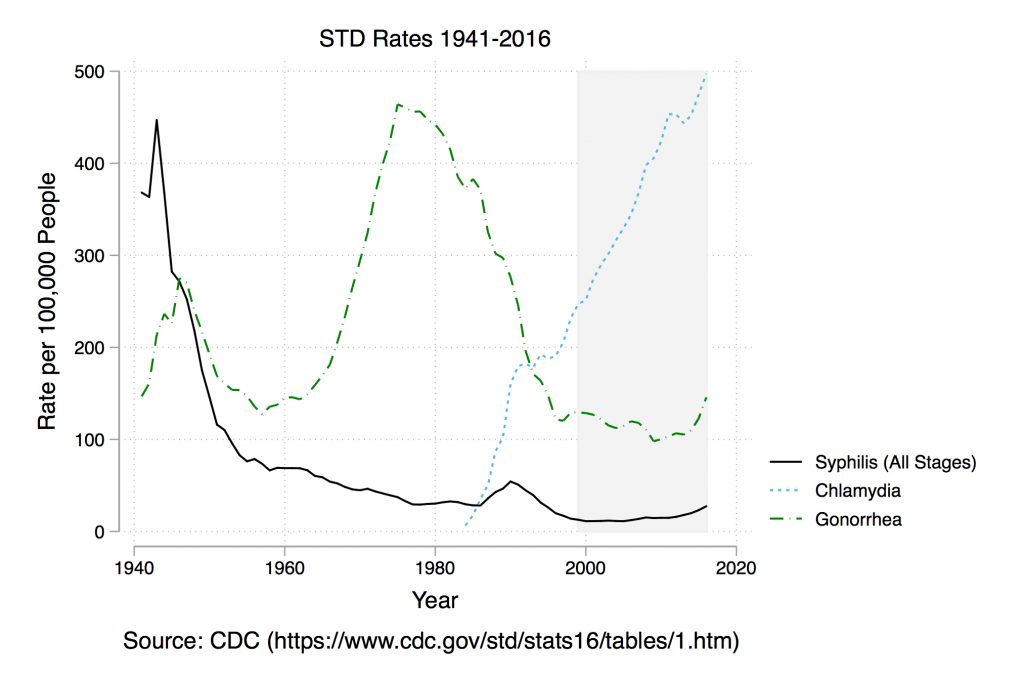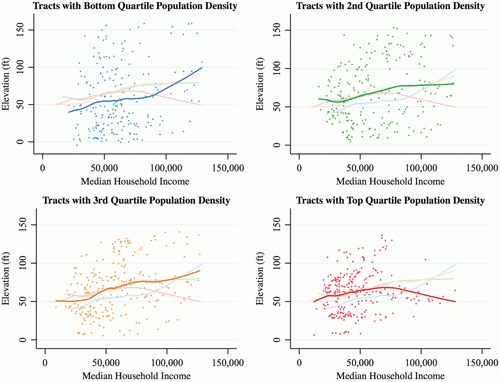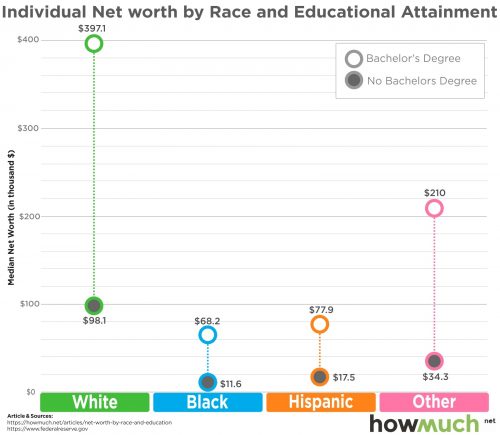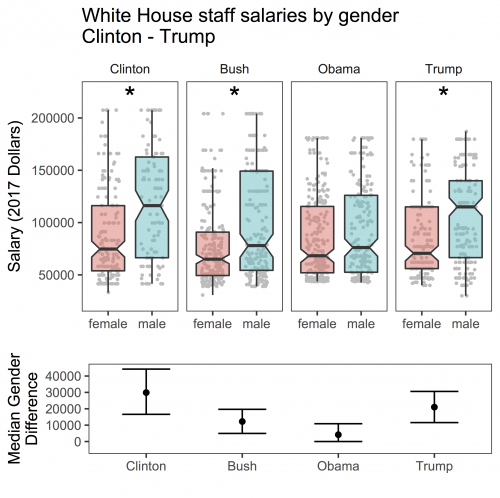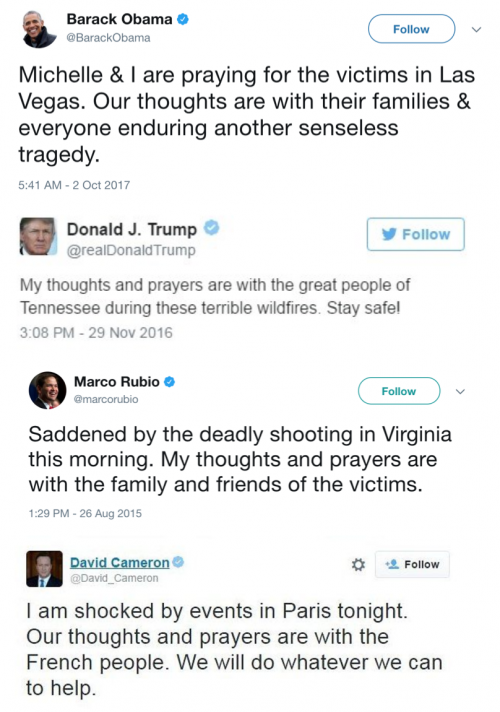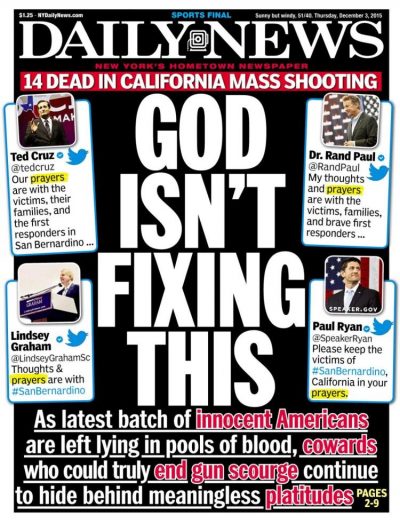From Pizzagate to more plausible stories of palace intrigue, U.S. politics has more than a whiff of conspiracy in the air these days. In sorting fact from fiction, why do some people end up believing conspiracy theories? Social science research shows that we shouldn’t think about these beliefs like delusions, because the choice to buy in stems from real structural and psychological conditions that can affect us all.
For example, research in political science shows that people who know a lot about politics, but also show low levels of generalized trust, are more likely to believe conspiracy theories. It isn’t just partisan, either, both liberals and conservatives are equally likely to believe conspiracy theories—just different ones.
In sociology, research also shows how bigger structural factors elevate conspiracy concern. In an article published in Socius earlier this year, Joseph DiGrazia examined Google search trends for two major conspiracy theories between 2007 and 2014: inquiries about the Illuminati and concern about President Obama’s birth and citizenship.
DiGrazia looked at the state-level factors that had the strongest and most consistent relationships with search frequency: partisanship and employment. States with higher unemployment rates had higher search rates about the Illuminati, and more Republican states had higher searches for both conspiracies throughout the Obama administration.
These studies show it isn’t correct to treat conspiracy beliefs as simply absurd or irrational—they flare up among reasonably informed people who have lower trust in institutions, often when they feel powerless in the face of structural changes across politics and the economy.
Evan Stewart is an assistant professor of sociology at University of Massachusetts Boston. You can follow his work at his website, or on BlueSky.

